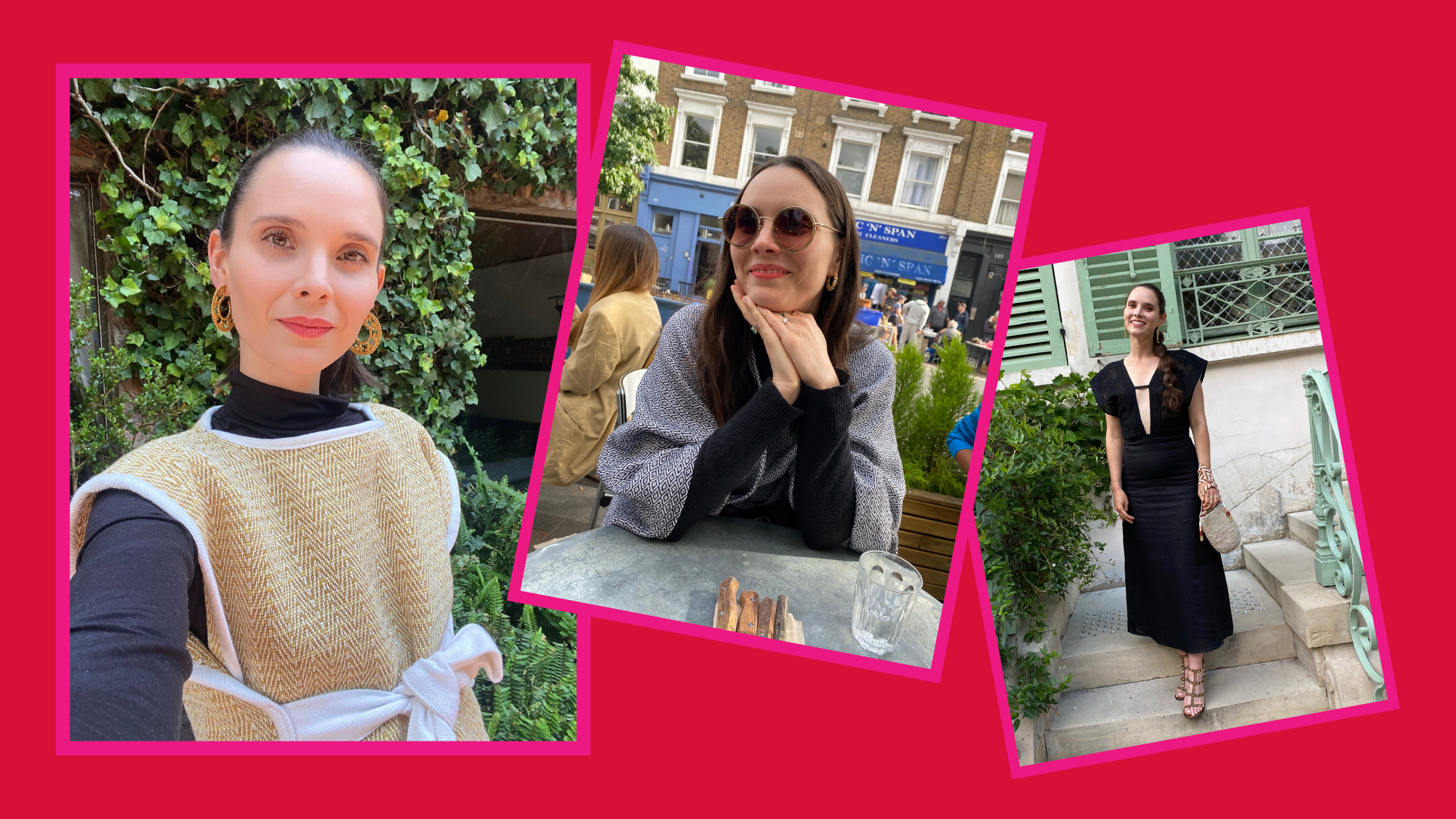One of my friends recently asked me if it is ok for her, as a white person, to wear clothes created by Latin American and Latinx designers and brands. I said yes without hesitation. But the answer is much more complicated than that. And, like my friend, I am sure that some of us—especially if we are concerned with systemic imbalances—have faced similar questions when it comes to wearing the products of cultures that are not ours and that have been historically marginalized.
So I’m delving into the issue in today’s installment of Fashion Practices.
As a Latina living abroad, I’ve made wearing Latin American brands a very conscious political statement—and perhaps also a sort of personal staple. Personally, it is a way of reminding people around me that, although I look (and sometimes sound) white, I am Latina, and I hope that helps unsettle at least some of the hierarchies in academia. But, as a fashion scholar, it is also a way of showing the world that Latin American fashion exists and that it is by no means inferior to Euro-North American fashion, as hegemonic discourses about fashion have made us believe.
But I am Latina, so this doesn’t exactly answer my friend’s question.
What might help answer it is my wearing of Indigenous designers as a non-Native person (but trying my best to be a good ally).
As a white, urban, and mostly privileged Latina, I was brought up by a system in which I could have very easily become the oppressor. But life—and my research—have taken me to study, understand, and disseminate as much knowledge as I can about Indigenous fashion practices, especially in Abya Yala (commonly known as “Latin America”).
Part of my research has been to understand—and hopefully begin to dismantle—the colonialist discourses that have made us think that fashion only arrived in the Americas with European invasions or that there is no such thing as Indigenous fashion. And, although I sometimes feel that it is pointless to be a fashion historian in the tumultuous world that we live in (more of that next month/next week for members of my Patreon community), I’ve started to realize that it is in and through my own fashion practices that I can connect the importance of my historical research with our lived realities (in and outside of fashion).
But why? Or how?
The answer is quite simple, actually: Because, by wearing contemporary Indigenous design, I can actively show the world that Indigenous fashion is live and thriving, rather than being an oxymoron or a thing of the past. By wearing Indigenous fashion, I can also bring some attention to Indigenous designers and brands, hopefully helping to squeeze out appropriators one outfit at a time. And by wearing Indigenous fashion I embrace my responsibility—as urged by Riley Kucheran in a podcast on Indigenous Fashionology—of telling some of their stories and sharing the importance and value of their culture with many people who don’t give it the value it deserves.
So, to return to my friend’s question: Yes, you can wear Latinx—and Indigenous—fashion if you’re a white person. The key to do it respectfully, however, is to buy it directly from Latinx and Indigenous designers, hopefully after having built a relationship of trust with them, and accepting your responsibility of expanding the voices and histories of Indigenous people when wearing their designs, especially in those spaces that don’t often value their contributions to fashion and our society.
The question now is: are you ready to accept the challenge?

Leave a Reply